Lewis Anderson in action against Max Forster
Anderson aims for flying finale
By ELIZABETH BOTCHERBY – Squash Mad Correspondent
Warwickshire’s Lewis Anderson overcame top seed Max Forster (Northumbria) in a thrilling four-setter to reach his second consecutive Dunlop British Junior Championships (BJC) BU19 final on the all-glass show court at the University of Nottingham.
The 3/4 seed Anderson, the World Junior bronze medallist, came through a tight first game 13-11 and looked to be cruising towards the final after taking the second 11-5. Forster, who was still recovering after his quarter-final clash against Jack Mitterer which went to the wire, fought back and capitalised on Anderson’s lapse in concentration to force a fourth. But it was Anderson who prevailed 13-11, 11-5, 4-11, 11-6 to set up a final showdown with second seed Sam Todd (Yorks), the four-time BJC champion.
Commenting on his performance, an ecstatic Anderson said: “Last year I got to the final on this very court and I loved every second. It’s good to get back on here and I’ll try and win it in my last year as a junior.”
Meanwhile, Todd saw off a spirited [5/8] Simon Herbert (Leics) 11-2, 11-6, 13-11 to reach his sixth final.
Todd, 16, was keen to play down his position as favourite: “It’s very exciting to be in the final. I try to forget about the pressure of being the favourite and just play my squash. Hopefully the best man will win on the day.”
In the GU19, [3/4] Alice Green (Essex) avenged her semi-final loss to [2] Katie Malliff (Bucks) in the European Junior Championships in April after edging the 16-year-old in five tightly contested games. Malliff took an early 11-8 lead but couldn’t hold off the five-time finalist who rallied back to win 8-11, 15-13, 11-7, 9-11, 11-9.
“I feel great!” said a delighted Green. “Katie is one of those players where you have to go all out to win. It’s close every time we play so to get this win in the semis has given me real confidence for the final.”
Green set up a third consecutive final against Scottish top seed Georgia Adderley and will be hoping it’s third time lucky after losing on two previous occasions.
A composed Adderley, the World No.100, cruised into the final after overpowering [3/4] Kiera Marshall (Worcs) in three: 11-3, 11-3. 11-4.
Looking ahead to the final, Adderley said: “I hope to defend my title, that’s the plan, but Alice is playing really well so it will be tough.”
Alice Green (right) in action against Katie Malliff
Meanwhile, in the GU17s, second seed Saran Nghiem (Lancs) came through a tough semi-final to reach her first BJC final against top seed Torrie Malik (Sussex).
Nghiem, who hadn’t dropped a game, was pushed hard by last year’s GU15’s runner-up [5/8] Emma Bartley (Suffolk). The match exchanged hands several times before Nghiem took a tight third game 12-10. Despite a 7-4 lead in the fourth, Bartley couldn’t hold off an animated Nghiem, who triumphed 11-9, 6-11, 12-10, 11-8.
“I’ve never been in a British final before and my opponent played really well so I’m just happy to get the win,” said a relieved Nghiem.
“I’ve been watching Torrie’s matches and she’s in good form but I’ll push her and see what happens.”
In the other semi, favourite Torrie Malik put in a dominant display to defeat [3/4] Alisa Sheikh 11-5, 11-4, 11-2 and reach her fifth consecutive BJC final.
Commenting on her performance, Malik said: “It feels really good to be in the final five times in a row, I’ll just push through the next one and hopefully I’ll finish in first place again!”
In the BU17, 15-year-old top seed Denis Gilevskiy (Ire) overpowered [4] Oliver Green (Essex) in straight games: 11-8, 11-8, 11-6.
“It was a tough semi,” said the Irish No.1. “It could’ve gone either way, or to five, but it feels great to get the win. I feel very strong and I’m hoping to get the win tomorrow.”
Gilevskiy goes on to meet [3/4] Khalil Hassan (Warks) in the final who overcame Alex Smith (Ire) in three close games: 11-8, 11-9, 11-9.
In the BU15 semis, [2] Abd-Allah Eissa avenged his 2018 BJC BU13 final loss to Essex’s [3/4] Yusuf Sheikh with a 3-1 victory: 11-4, 11-5, 4-11, 11-7.
Eissa, the current British Junior Open BU13 champion will meet [1] Jonah Bryant – in what will be a repeat of March’s Dunlop English Junior Championships in which Bryant prevailed.
Bryant, meanwhile, put on a clinical display to oust [9/16] James Carman (Middx) 11-5, 11-4, 11-3.
The GU15 went according to seed with [1] Asia Harris (Yorks) overpowering [3/4] Amy Campbell-Wynter (Dorset) 11-8, 11-2, 11-3. Elsewhere, [2] Amelia Hayworth (Hants) dispatched [3/4] Alyx Kelleher (Wales): 11-4, 11-8, 11-7.
One of the biggest upsets of the day came in the GU13 where sixth seed [6] Tala Abaza (Middx) shocked [2] Megan Light (Hamps) 11-9, 11-1, 11-3 to reach her first BJC final.
Abaza will face top seed Charlie McCrone (Lancs), the current English Junior champion, who overcame [3/4] Emily Coulcher-Porter (Bucks) 11-7, 9-11, 11-4, 11-8.
In the BU13s, top seed Alexander Broadbridge (Hants) edged Wales’ [3/4] Archie Turnbull 14-12, 11-1, 7-11, 11-3 to set up a final showdown with [3/4] Dylan Roberts (Kent). Roberts, meanwhile beat [2] Harry Bloomfield (Glos) 3-1: 11-7, 10-12, 11-7, 11-5.
In the GU11, [3/4] Harriet Broadbridge (Hants) upset [2] Fearne Copley (Yorks) 11-9, 11-8, 11-8 in a close fought semi-final at Nottingham Squash Rackets Club. The 10-year-old, who hadn’t dropped a game, will meet top seed Reka Kemecsei (Surrey) in the final. Kemecsei, meanwhile overcame 9-year-old 3/4 seed Ameerah Ismail (Warks) 11-4, 11-1, 11-0.
The Boy’s U11 semi-finals are yet to be played and will take place on Sunday morning.
Dunlop British Junior Championships 2019, University of Nottingham, England.
Semi-finals results:
BU19
[3/4] Lewis Anderson (Warks) bt. [1] Max Forster (Nbria) 13-11, 11-5, 4-11, 11-6
[2] Sam Todd (Yorks) bt. [5/8] Simon Herbert (Leics) 11-2, 11-6, 13-11
GU19
[3/4] Alice Green (Ess) bt. [2] Katie Malliff (Bucks) 8-11, 15-13, 11-7, 9-11, 11-9
[1] Georgia Adderley (Scot) bt. [3/4] Kiera Marshall (Worcs) 11-3, 11-3, 11-4
BU17
[1] Denis Gilevskiy (Ire) bt. [3/4] Oliver Green (Essex) 11-8, 11-8, 11-6.
[3/4] Khalil Hassan (Warks) bt. [5/8] Alex Smith (Ire) 11-8, 11-9, 11-9
GU17
[1] Torrie Malik (Sussex) bt. [3/4] Aliza Sheikh (Essex) 11-5, 11-4, 11-2
[2] Saran Nghiem (Lancs) bt. [5/8] Emma Bartley (Sus) 11-9, 6-11, 12-10, 11-8
BU15
[1] Jonah Bryant (Sussex) bt James Carman (Middx) 11-5, 11-4, 11-3
[2] Abd-Allah Eissa (Warks) bt [3/4] Yusuf Sheikh (Essex) 11-4, 11-5, 4-11, 11-7
GU15
[1] Asia Harris (Yorks) bt. [3/4] Amy Campbell-Wynter (Dorset) 11-8, 11-2, 11-3
[2] Amelia Haworth (Hants) bt. [3/4] Alyx Kelleher (Wales) 11-4, 11-8, 11-7
BU13
[1] Alexander Broadbridge (Hants) bt. [3/4] Archie Turnbull (Wal) 14-12, 11-1, 7-11, 11-3
[3/4] Dylan Roberts (Kent) bt [2] Harry Bloomfield (Glos) 11-7, 10-12, 11-7, 11-5
GU13
[5/8] Tala Abaza (Middx) bt. [2] Megan Light (Hamps) 11-9, 11-1, 11-3
[1] Charlie McCrone (Lancs) bt. [3/4] Emily Coulcher-Porter (Bucks) 11-7, 9-11, 11-4, 11-8
GU11
[1] Reka Kemecsei (Surrey) bt. [3/4] Ameerah Ismail (Warks) 11-4, 11-1, 11-0
[3/4] Harriet Broadbridge (Hants) bt. [2] Fearne Copley (Yorks) 11-9, 11-8, 11-8
Watch live streaming of the finals from 9am via englandsquash.tv. For draws, results and live scores visit englandsquash.com/bjc
Pictures by PETER HATTER courtesy of England Squash
Posted on November 3, 2019





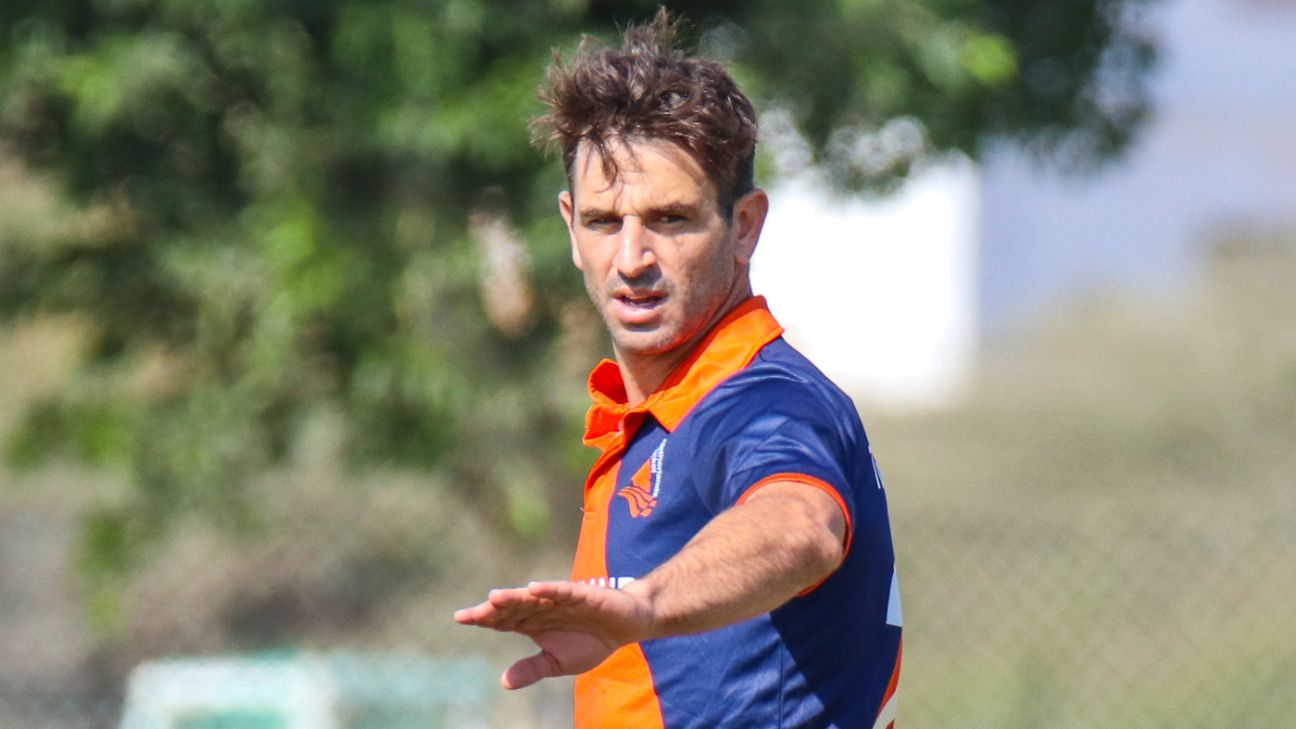
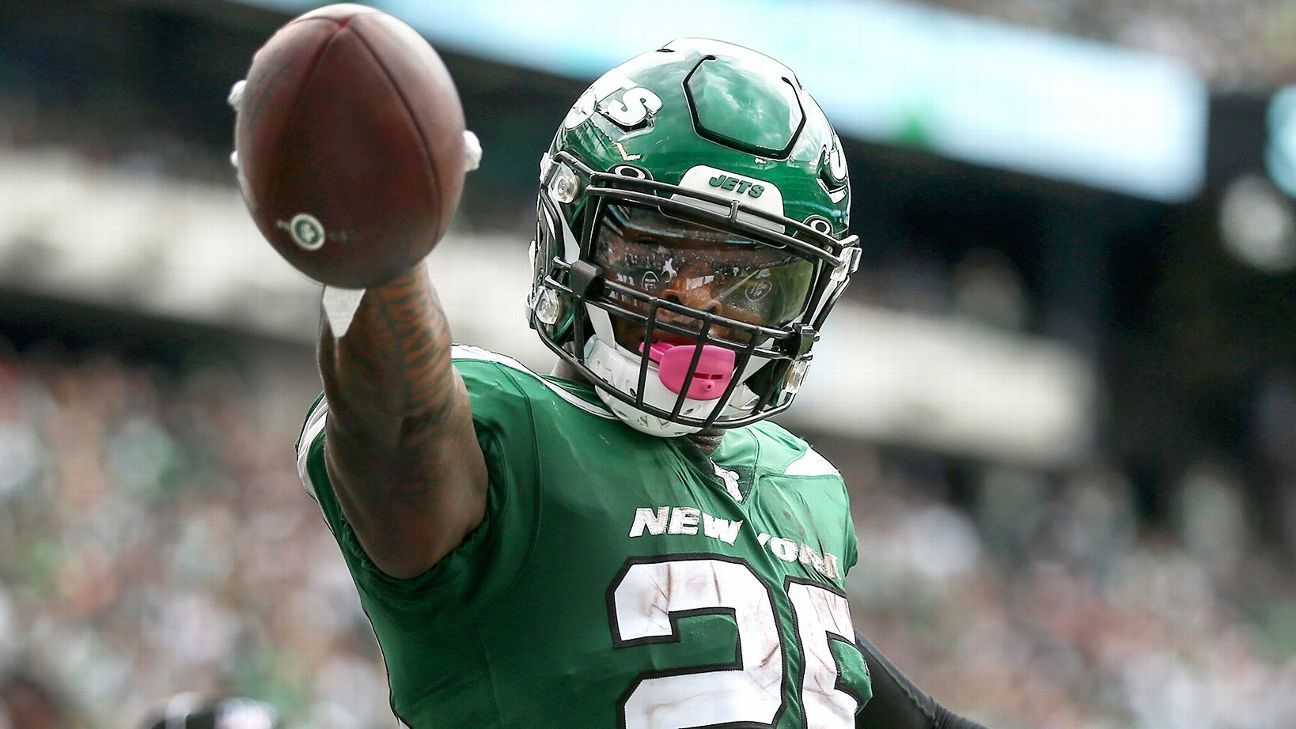
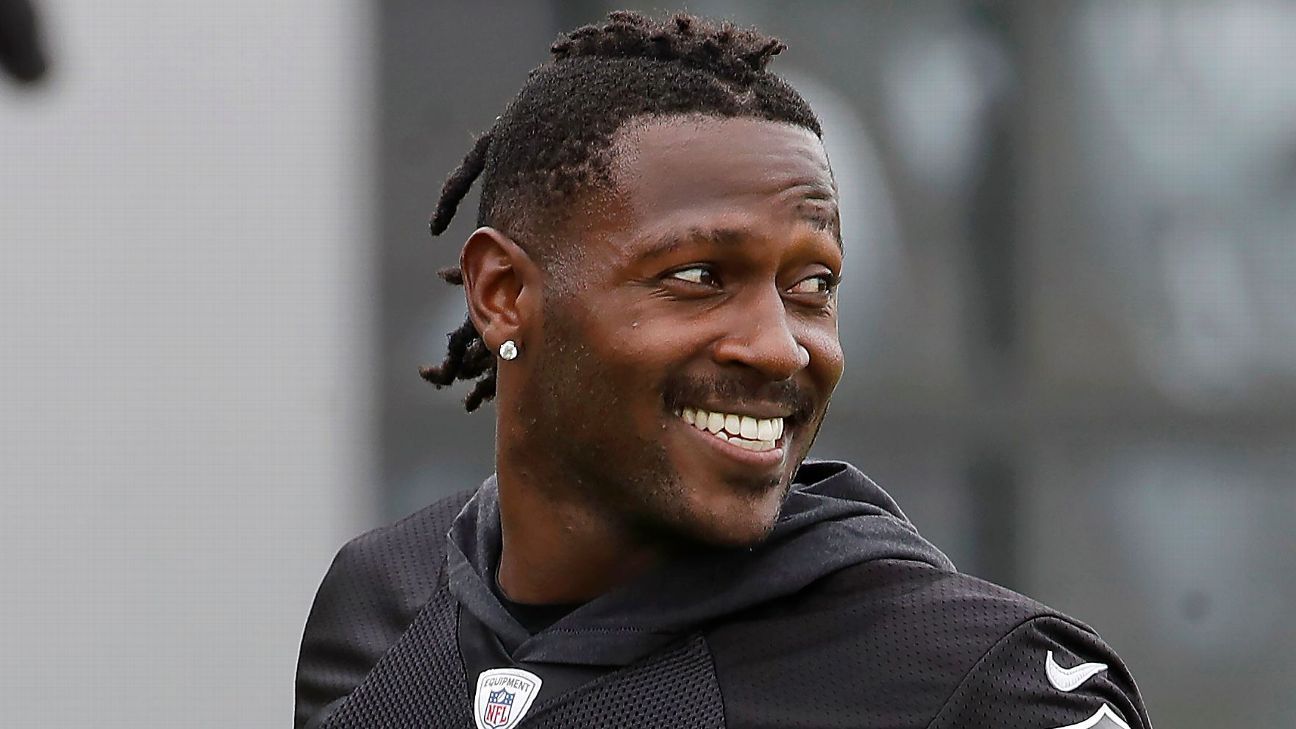

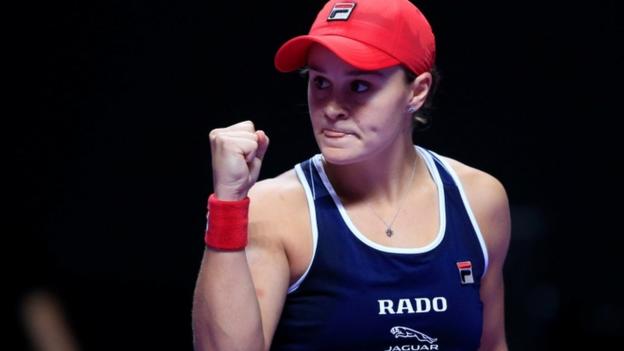
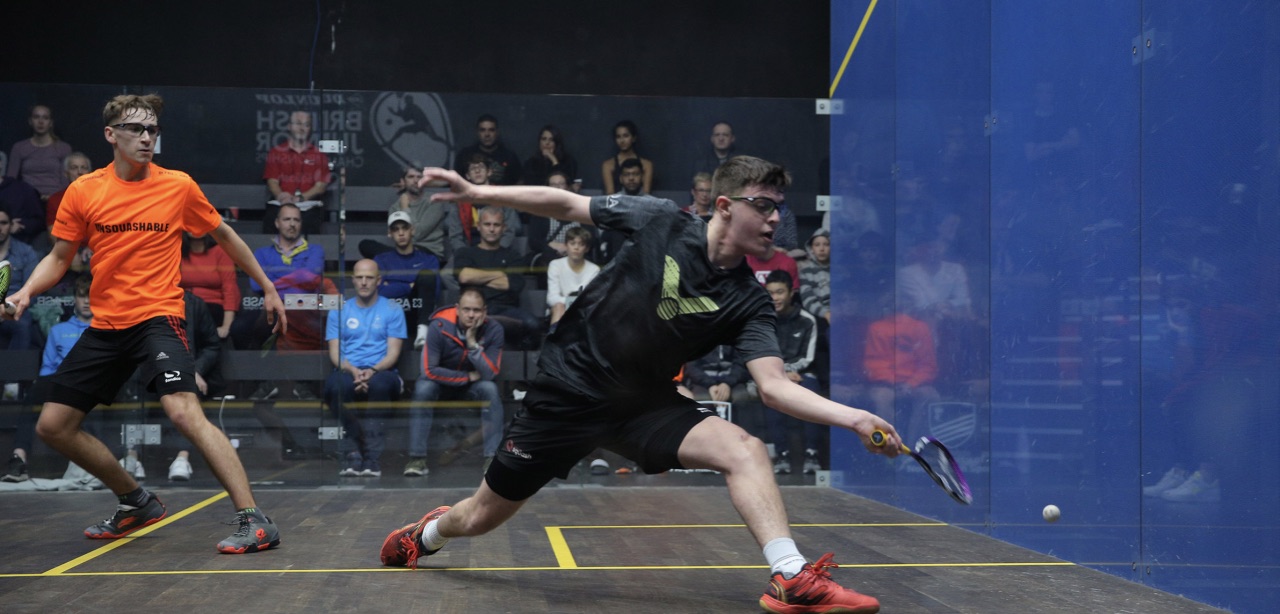
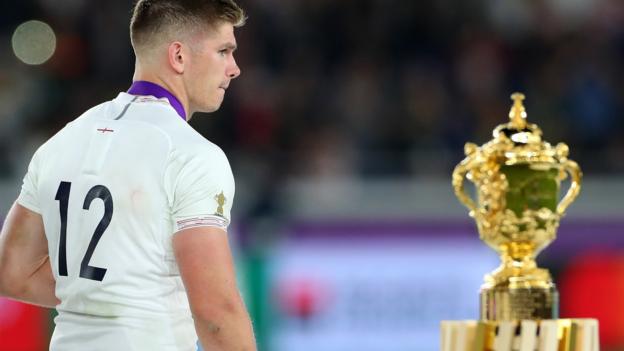
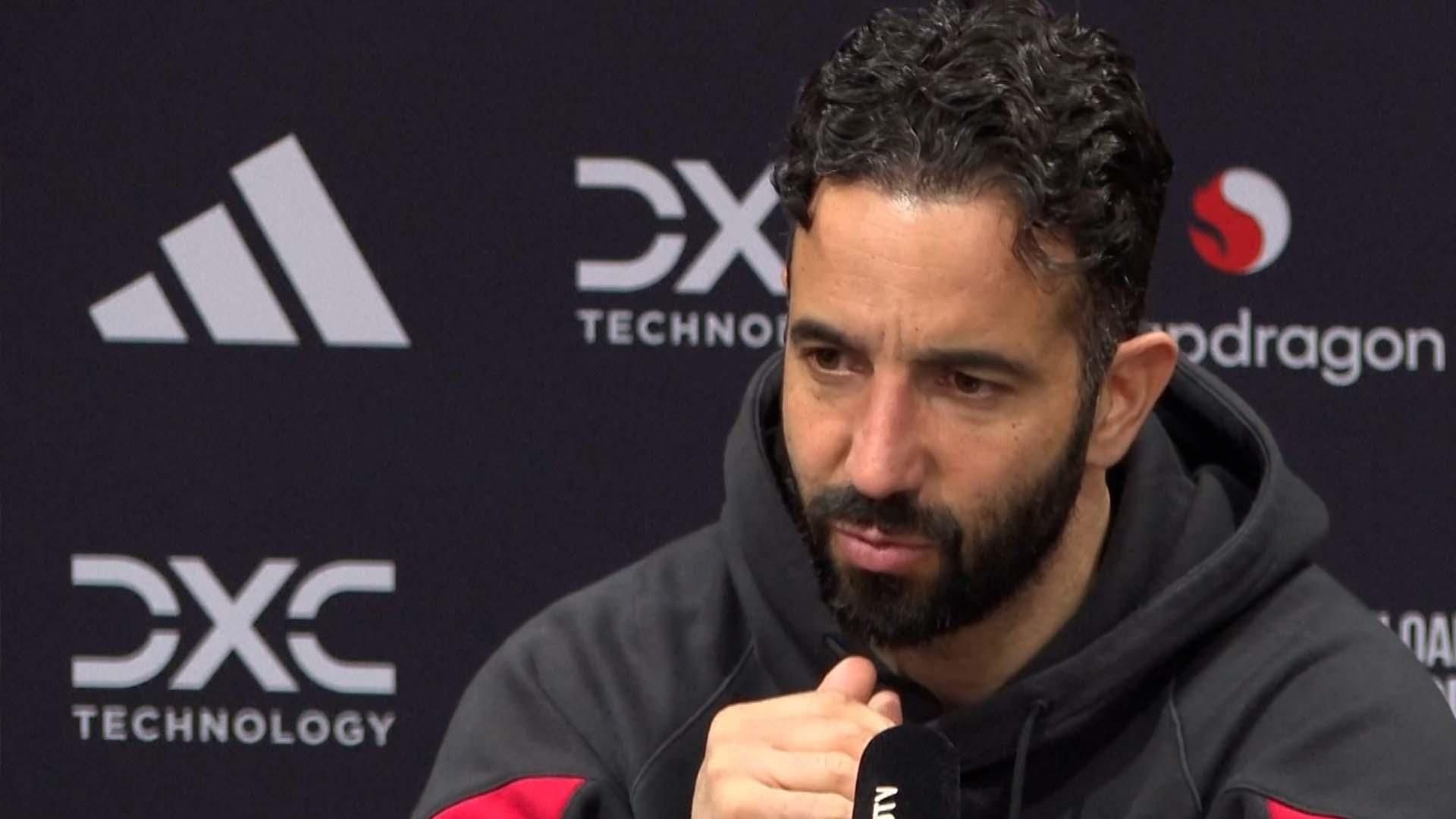












 Phone: (800) 737. 6040
Phone: (800) 737. 6040 Fax: (800) 825 5558
Fax: (800) 825 5558 Website:
Website:  Email:
Email: 






